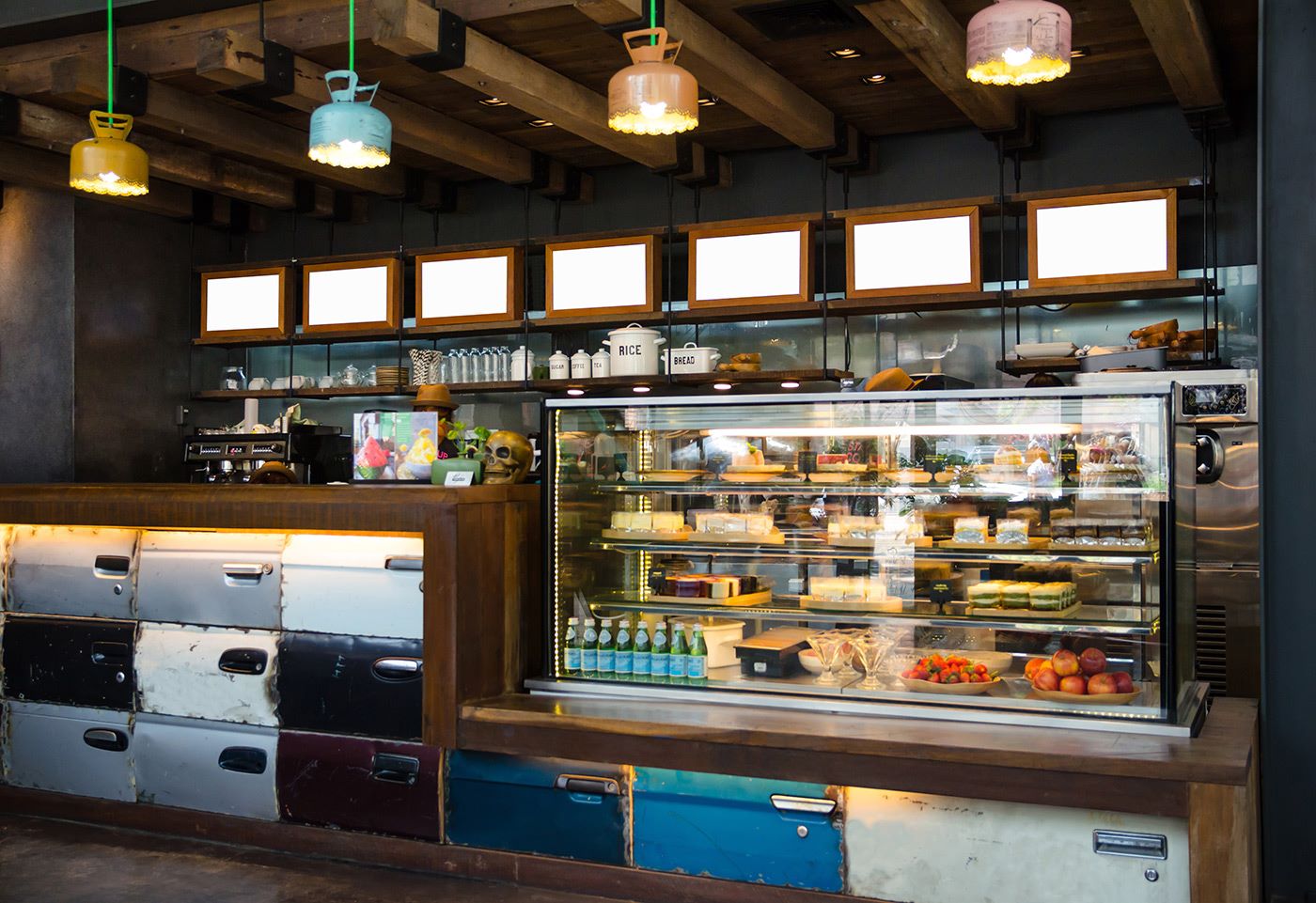

Articles
How To Store Food In A Restaurant Fridge
Modified: January 23, 2024
Learn how to properly store food in your restaurant fridge with these helpful articles. Ensure food safety and maintain freshness for your customers.
(Many of the links in this article redirect to a specific reviewed product. Your purchase of these products through affiliate links helps to generate commission for Storables.com, at no extra cost. Learn more)
Introduction
Proper food storage is a crucial aspect of running a restaurant. Not only does it ensure the quality and freshness of ingredients, but it also plays a vital role in maintaining food safety and preventing spoilage. Restaurants handle large quantities of food on a daily basis, making it essential to have an organized and well-maintained fridge to store ingredients.
In this article, we will explore the importance of proper food storage in a restaurant, as well as provide practical tips for organizing and maintaining your restaurant fridge. From temperature control to labeling and using appropriate containers, these guidelines will help you optimize the storage space and ensure the longevity of your ingredients.
So, whether you’re a seasoned chef or a restaurant owner, let’s dive into the world of food storage and discover how to keep your restaurant fridge in top-notch condition.
Key Takeaways:
- Proper food storage in a restaurant fridge is crucial for preserving freshness, preventing foodborne illnesses, and minimizing wastage. Organizing, temperature control, and labeling are key to maintaining a safe and efficient kitchen.
- Implementing the FIFO method, using appropriate containers, and storing raw and cooked foods separately are essential practices for maintaining food safety and quality in a restaurant fridge. Regular cleaning and sanitizing contribute to a hygienic environment and customer satisfaction.
Read more: How To Store Mushrooms In Fridge
Importance of Proper Food Storage
Proper food storage is of utmost importance in a restaurant setting. It not only preserves the quality of ingredients but also plays a crucial role in ensuring food safety and minimizing food wastage. Here are some key reasons why proper food storage should be a priority:
- Preserving Freshness: By storing food properly, you can extend its freshness and maintain its flavor, texture, and nutritional value. This is particularly important for perishable items such as fruits, vegetables, meats, and dairy products.
- Preventing Foodborne Illnesses: Improper food storage can lead to the growth of harmful bacteria, which can cause foodborne illnesses. This can be avoided by maintaining the correct temperature, separating raw and cooked foods, and using proper containers to prevent cross-contamination.
- Minimizing Food Wastage: With proper food storage, you can reduce food wastage and save money. By following the “First-in, First-out” (FIFO) method and properly labeling and dating food items, you can ensure that older ingredients are used before they spoil, reducing the risk of food going to waste.
- Complying with Regulations: Restaurants are subject to health and safety regulations that require proper food storage practices to be followed. By adhering to these guidelines, you can avoid penalties, maintain a good reputation, and ensure the health and satisfaction of your customers.
Overall, proper food storage not only preserves the quality and safety of ingredients but also promotes efficient kitchen operations and customer satisfaction. With careful attention to storage conditions and practices, you can create a well-organized and efficient system that maximizes the lifespan of your ingredients and minimizes food-related issues.
Organizing the Restaurant Fridge
Efficient organization of the restaurant fridge is essential for easy access to ingredients and minimizing the risk of cross-contamination. Here are some tips to help you optimize the storage space and maintain a well-organized fridge:
- Categorize Food Items: Group similar food items together to make it easier to locate ingredients. For example, keep fruits and vegetables in one section, meats in another, and dairy products in a separate area.
- Use Shelves and Drawers: Utilize the available shelf and drawer space to maximize storage capacity. Allocate specific areas for different types of food, keeping in mind appropriate temperature requirements and the need to separate raw foods from cooked foods.
- Stack and Stagger Containers: Stack containers of the same size and shape to make the most of vertical space. However, ensure that the items at the bottom are easily accessible to avoid unnecessary rearranging. Staggering containers also facilitates air circulation, which helps maintain consistent temperatures.
- Keep High-Risk Foods on Lower Shelves: Store raw meats, seafood, and poultry on lower shelves to prevent any potential drips or cross-contamination. This will help maintain the integrity and safety of other food items stored above.
- Label and Date Items: Properly label all containers and packages with the contents and the date of storage. This will help you keep track of the freshness of ingredients and ensure that older items are used first.
- Keep Frequently Used Items Accessible: Place commonly used ingredients, such as condiments or frequently used vegetables, on easily reachable shelves. This will save time and minimize the need to search for them amidst other items.
- Regularly Clean and Sanitize: Set a schedule for cleaning and sanitizing the fridge to maintain a hygienic environment. Remove any expired or spoiled food, wipe down shelves and drawers with a food-safe sanitizer, and ensure proper ventilation for effective cooling.
By following these organizational tips, you can create an efficient and well-maintained fridge that supports the overall flow of your kitchen operations. A well-organized fridge not only improves productivity but also helps in maintaining the quality and safety of your food inventory.
Temperature Control
Proper temperature control is crucial to ensure the safety and quality of the food stored in a restaurant fridge. Inadequate temperature can lead to the growth of harmful bacteria, spoilage, and increased food wastage. Here are some key tips for maintaining optimal temperature control:
- Set the Correct Temperature: It’s essential to set the refrigerator temperature at or below 40°F (4°C) to prevent bacterial growth. Freezer temperature should be set at 0°F (-18°C) to keep foods frozen and maintain their quality.
- Regularly Monitor Temperatures: Use a refrigerator thermometer to regularly monitor the temperature of both the fridge and freezer compartments. This will help you quickly identify any temperature fluctuations and take necessary corrective measures.
- Avoid Overcrowding: Adequate air circulation is necessary to ensure consistent cooling throughout the fridge. Avoid overcrowding by not stacking items too closely together, as this can impede airflow and lead to temperature inconsistencies.
- Minimize Door Openings: Every time the refrigerator door is opened, warm air rushes in, disrupting the internal temperature. Minimize unnecessary door openings and encourage your staff to retrieve all necessary items in one go to maintain the desired temperature.
- Regular Maintenance and Inspections: Perform regular maintenance and inspections of the refrigerator to ensure that the cooling equipment is functioning properly. Check the door seals for any signs of damage or wear and replace them if needed, as faulty seals can lead to air leaks and temperature fluctuations.
- Emergency Procedures: In the event of a power outage or equipment malfunction, it’s crucial to have contingency plans in place. Use backup power sources or transfer perishable items to a backup fridge or freezer to prevent spoilage.
By maintaining proper temperature control and implementing these practices, you can significantly reduce the risk of foodborne illnesses, extend the shelf life of your ingredients, and minimize food wastage.
Labeling and Dating Food
Properly labeling and dating food items is essential for maintaining food safety and ensuring the freshness of ingredients in a restaurant fridge. Clear labeling helps staff easily identify items, ensures proper rotation of stock, and minimizes the risk of using expired or spoiled products. Here are some tips for effective labeling and dating:
- Use Clear and Legible Labels: Use labels that are easy to read and resistant to moisture and smudging. Clearly write or print the name of the item, the date of storage, and any specific instructions or notes.
- First-In, First-Out (FIFO) Method: Implement the FIFO method to ensure older items are used first. Place newly received items behind the existing stock, so that the oldest items are always at the front and are used before their expiration date.
- Date All Containers: It’s important to label all containers, including bulk ingredients, prepped items, and leftovers. Additionally, ensure that housemade sauces, dressings, and condiments are properly labeled with the date of preparation.
- Rotate Stock Regularly: Train your staff to check labels regularly and rotate stock accordingly. This involves moving older items to the front and bringing newer items to the back to maintain the correct order.
- Remove Expired or Spoiled Items: Regularly inspect the fridge for any expired or spoiled items. Immediately discard anything that shows signs of spoilage, such as mold, foul odor, or changes in texture or color.
- Educate Staff on Labeling Procedures: Properly train your staff on labeling and dating procedures. Make sure that everyone understands the importance of accurate labeling and follows the established standards consistently.
- Regularly Clean and Sanitize Labels: As part of the regular cleaning routine, wipe down the labels to ensure they remain readable and free from any debris or contamination.
By implementing effective labeling and dating practices, you can ensure the safety and quality of the food in your restaurant fridge. This not only helps in food traceability and compliance with health and safety regulations, but it also contributes to more efficient stock rotation and minimizes the risk of serving expired or spoiled items to customers.
Read more: How To Store Starter In Fridge
Using Appropriate Containers and Wrapping
Properly storing food in appropriate containers and wrapping is essential for maintaining freshness, preventing cross-contamination, and maximizing shelf life in a restaurant fridge. Here are some tips for using the right containers and wrapping:
- Choose Food-Grade Containers: Ensure that the containers used for storing food are made of food-grade materials that are safe and approved for food storage. Utilize containers that are durable, easy to clean, and have tight-fitting lids to prevent air and moisture from entering.
- Separate Raw and Cooked Foods: Store raw and cooked foods separately to avoid cross-contamination. Use separate containers for raw meats, seafood, and poultry, and keep them covered and stored on lower shelves to prevent any potential drips onto other foods.
- Opt for Airtight Containers: Airtight containers help maintain the quality and freshness of ingredients by preventing exposure to air and moisture. This is particularly important for items like fresh produce, leftovers, and sauces.
- Consider Portion-Sized Containers: Use portion-sized containers to store leftover ingredients or prepped items. This not only helps with portion control but also reduces the frequency of opening and closing larger containers, decreasing the risk of spoilage.
- Wrap Foods Properly: For items that are not suitable for containers, such as meats and deli items, use appropriate wrapping materials. Use plastic wrap, butcher paper, or vacuum-sealed bags to ensure proper sealing and to prevent exposure to air and moisture.
- Label Containers and Wrappings: Clearly label all containers and wrap with the name of the contents and the date of storage. This helps in easy identification and proper rotation of stock.
- Utilize Stackable Containers: Opt for stackable containers to maximize storage space in the fridge. This will help in organizing ingredients efficiently and ensure that items are easily accessible without having to rearrange the entire fridge.
- Regularly Clean Containers and Wrappings: Clean and sanitize containers and wrappings regularly to maintain hygiene. Wash containers with hot soapy water, rinse thoroughly, and air dry before reuse.
By using appropriate containers and wrappings, you can ensure the integrity and quality of your ingredients, prevent cross-contamination, and optimize the storage space in your restaurant fridge.
Storing Raw and Cooked Foods Separately
Properly storing raw and cooked foods separately is essential in maintaining food safety and minimizing the risk of cross-contamination in a restaurant fridge. When different types of foods come into contact with each other, it increases the chances of harmful bacteria growth and potential foodborne illnesses. Here are some guidelines for storing raw and cooked foods separately:
- Use Separate Storage Areas: Designate separate areas in your restaurant fridge for raw and cooked foods. Dedicate specific shelves or even separate fridges if possible to avoid any contact between the two types of foods.
- Utilize Different Containers: Use distinct containers for raw and cooked foods. This prevents any juices or marinades from raw meats coming into contact with other cooked foods. Opt for color-coded containers or labels to make it easier for staff to identify and separate the items.
- Store Raw Meats on Lower Shelves: To prevent any potential drips or leaks, store raw meats, seafood, and poultry on the lower shelves of the fridge. This ensures that they won’t contaminate other food items stored above them.
- Keep Ready-to-Eat Foods Protected: Store ready-to-eat foods, such as fully cooked meats, salads, and desserts, in tightly sealed containers or covered with plastic wrap to prevent them from coming into contact with any raw ingredients.
- Separate Utensils and Cutting Boards: To avoid cross-contamination during food preparation, use separate cutting boards, knives, and utensils for raw and cooked foods. This helps minimize the risk of bacteria from raw meats transferring onto cooked foods.
- Practice Proper Hand Hygiene: Ensure that your staff practices good hand hygiene and washes their hands thoroughly after handling raw meats or other potentially contaminated ingredients. This helps prevent the spread of bacteria to other areas of the kitchen and food storage areas.
- Regularly Clean and Sanitize: Clean and sanitize the fridge and all food storage areas regularly to maintain a hygienic environment. Pay extra attention to areas where raw meats have been stored to eliminate any potential bacteria.
- Proper Food Handling Procedures: Train your staff on proper food handling procedures, including the importance of storing raw and cooked foods separately. Educate them on the risks associated with cross-contamination and the steps to prevent it.
By strictly following these guidelines and practicing proper food storage and handling techniques, you can ensure the safety and quality of your ingredients while minimizing the risk of foodborne illnesses caused by cross-contamination.
FIFO Method (First-in, First-out)
The FIFO (First-in, First-out) method is a fundamental practice in restaurant food storage that involves using older inventory before newer items. Implementing the FIFO method ensures that food items are used in the order they were received, reducing the risk of spoilage, minimizing food waste, and maintaining the overall freshness and quality of ingredients. Here’s how to effectively utilize the FIFO method in your restaurant:
- Organize the Storage Space: Maintain a well-organized storage area with clear sections and labels to easily identify different batches or shipments of food. Use shelves, racks, or designated areas for each type of ingredient.
- Date and Label Everything: Clearly label and date all food items upon receipt. Include the date of delivery or expiration to ensure accurate tracking.
- Place Older Items at the Front: When storing new inventory, make sure to rotate the products properly by moving the older items to the front. This way, staff will naturally reach for the older products first.
- Regularly Check Expiry Dates: Regularly monitor the expiry dates of food items and prioritize using those that are approaching their expiration date. This will prevent the accumulation of expired products and minimize the risk of using spoiled ingredients.
- Train Staff on FIFO Procedures: Educate your staff on the importance of the FIFO method and how to implement it correctly. Ensure they understand the significance of using older inventory first and the potential consequences of neglecting the process.
- Avoid Overstocking: Overstocking the storage area can make it difficult to maintain the FIFO system. Only order the quantities needed for a specific period to prevent excessive inventory and to ensure proper stock rotation.
- Regularly Conduct Inventory Checks: Regular inventory checks are essential to identify items that are close to their expiration dates or those that haven’t been used. This allows you to take appropriate action, such as adjusting menu items or planning specials to utilize these items efficiently.
- Communicate with Suppliers: Establish clear communications with your suppliers to ensure they deliver fresh products and to clarify any discrepancies in inventory or expiration dates.
By implementing the FIFO method diligently, you can optimize your food storage practices, minimize waste, maintain the quality of ingredients, and ensure the overall efficiency of your kitchen operations.
Properly Storing Specific Food Items
Proper storage of specific food items is essential to maintain their freshness, quality, and safety in a restaurant fridge. Different ingredients have different storage requirements due to their unique properties, temperature sensitivities, and potential for cross-contamination. Here are some guidelines for properly storing specific food items:
Read more: How To Store Guacamole In The Fridge
Meats, Poultry, and Seafood:
- Store raw meats, poultry, and seafood on separate trays or containers to prevent cross-contamination with other foods. Place them on the lower shelves of the fridge to prevent any drips onto other ingredients.
- Ensure these items are wrapped tightly or placed in leak-proof sealed bags to prevent any raw juices from spreading.
- Keep cooked meats in separate containers and store them on higher shelves to avoid cross-contamination with raw ingredients.
Dairy Products:
- Keep dairy products such as milk, cheese, and yogurt in their original packaging or transfer them to airtight containers to maintain freshness.
- Store dairy products in the coldest part of the fridge, usually in the back or on the top shelf where the temperature is most consistent.
Fruits and Vegetables:
- Store fruits and vegetables separately to prevent the release of ethylene gas from fruits, which can accelerate the spoilage of vegetables.
- Keep fruits in the crisper drawer or a separate container to maintain their freshness. Avoid washing them until ready for use.
- Store vegetables in plastic bags or airtight containers to maintain moisture and prevent wilting.
Bakery Items:
- Store bakery items such as bread, pastries, and cakes in a cool, dry place or in airtight containers to prevent them from drying out.
- Consider freezing bakery items to extend their shelf life and maintain their freshness. Wrap them in plastic wrap or foil before freezing.
Read more: How To Store Ginger In Fridge
Herbs and Spices:
- Store fresh herbs like cilantro, parsley, and mint in a glass of water or wrapped in a damp paper towel to maintain their freshness. Change the water every few days.
- Keep dried herbs and spices in airtight containers away from heat, light, and moisture to preserve their flavor and potency.
Canned and Packaged Goods:
- Store canned and packaged goods in a cool, dry place away from direct sunlight. Check for any signs of damage or bulging cans before using.
- Label and organize these items by type and expiry date to ensure proper rotation.
By following these guidelines for storing specific food items, you can optimize the shelf life, quality, and safety of your ingredients, and minimize the risk of cross-contamination in your restaurant fridge.
Cleaning and Sanitizing the Fridge
Regular cleaning and sanitizing of the restaurant fridge is crucial to maintain a clean and hygienic environment and prevent the growth of harmful bacteria. It is essential to establish a routine cleaning schedule to ensure the longevity of your fridge and the safety of your stored food. Here are some steps to effectively clean and sanitize your restaurant fridge:
1. Empty the Fridge:
Remove all food items from the fridge and place them in a designated clean and safe area as you clean. This will allow you to thoroughly clean all surfaces without any obstructions.
Read more: How To Store Bananas In Fridge
2. Declutter and Organize:
Take the opportunity to declutter the fridge and organize the items. Discard any expired or spoiled food. Group similar items together and arrange them neatly for easier access and to optimize space.
3. Remove Shelves and Drawers:
Take out the shelves and drawers from the fridge for thorough cleaning. Wash them with warm soapy water, rinse well, and allow them to air dry. Pay special attention to any crevices or corners where dirt and debris may accumulate.
4. Clean the Interior:
Using a mixture of warm water and mild detergent, clean the interior surfaces of the fridge. Pay attention to the walls, doors, and any gaskets or seals. Use a soft sponge or cloth to avoid scratching the surfaces.
5. Sanitize the Interior:
After cleaning, sanitize the interior of the fridge to kill any remaining bacteria. Use a food-safe sanitizing solution or a mixture of water and bleach (following proper dilution instructions) and apply it to all surfaces using a clean cloth or spray bottle. Allow the sanitizing solution to sit for a few minutes before rinsing with clean water.
Read more: How To Store Mandarins In The Fridge
6. Clean the Exterior:
Wipe down the exterior surfaces of the fridge, including the doors, handles, and control panels, using a damp cloth and mild detergent. Dry the surfaces thoroughly to prevent any moisture build-up.
7. Reassemble and Restock:
Once the fridge is completely dry, reassemble the shelves and drawers. Return the food items to their designated places, ensuring proper organization and compliance with the FIFO method.
8. Regular Maintenance:
Establish a regular maintenance schedule for cleaning and sanitizing the fridge. Weekly or bi-weekly cleanings, along with daily checks for spills or drips, will help maintain a clean and hygienic environment.
By implementing a routine cleaning and sanitizing process for your restaurant fridge, you can ensure the safety of your stored food, prevent the growth of bacteria, and maintain a clean and organized storage space.
Conclusion
Proper storage of food in a restaurant fridge is of utmost importance for maintaining freshness, ensuring food safety, and minimizing wastage. By following the guidelines and tips outlined in this article, you can optimize your food storage practices and create a well-organized and hygienic environment.
We explored the importance of proper food storage, including preserving freshness, preventing foodborne illnesses, minimizing food wastage, and complying with regulations. Organizing the restaurant fridge with categorized items, utilizing shelves and drawers, and stacking containers appropriately can help maximize storage space and facilitate easy access to ingredients.
Temperature control is crucial in ensuring food safety. Setting the correct temperature, monitoring it regularly, avoiding overcrowding, and minimizing door openings are essential practices to maintain the ideal environment for your food items.
Labeling and dating food, using appropriate containers and wrapping, and storing raw and cooked foods separately are important steps in preventing cross-contamination, maintaining inventory rotation, and maximizing the shelf life of your ingredients.
Implementing the FIFO method ensures the use of older inventory before newer items, reducing waste and ensuring the freshness and quality of your ingredients. Additionally, properly storing specific food items, cleaning and sanitizing the fridge regularly, and establishing a cleaning routine contribute to a safe and hygienic environment in your restaurant.
In conclusion, by implementing these practices, you can optimize your restaurant fridge, maintain food safety, reduce food waste, and enhance the overall quality of your culinary offerings. Consistent attention to proper food storage not only promotes a healthy and efficient kitchen but also contributes to the satisfaction and safety of your customers.
Frequently Asked Questions about How To Store Food In A Restaurant Fridge
Was this page helpful?
At Storables.com, we guarantee accurate and reliable information. Our content, validated by Expert Board Contributors, is crafted following stringent Editorial Policies. We're committed to providing you with well-researched, expert-backed insights for all your informational needs.


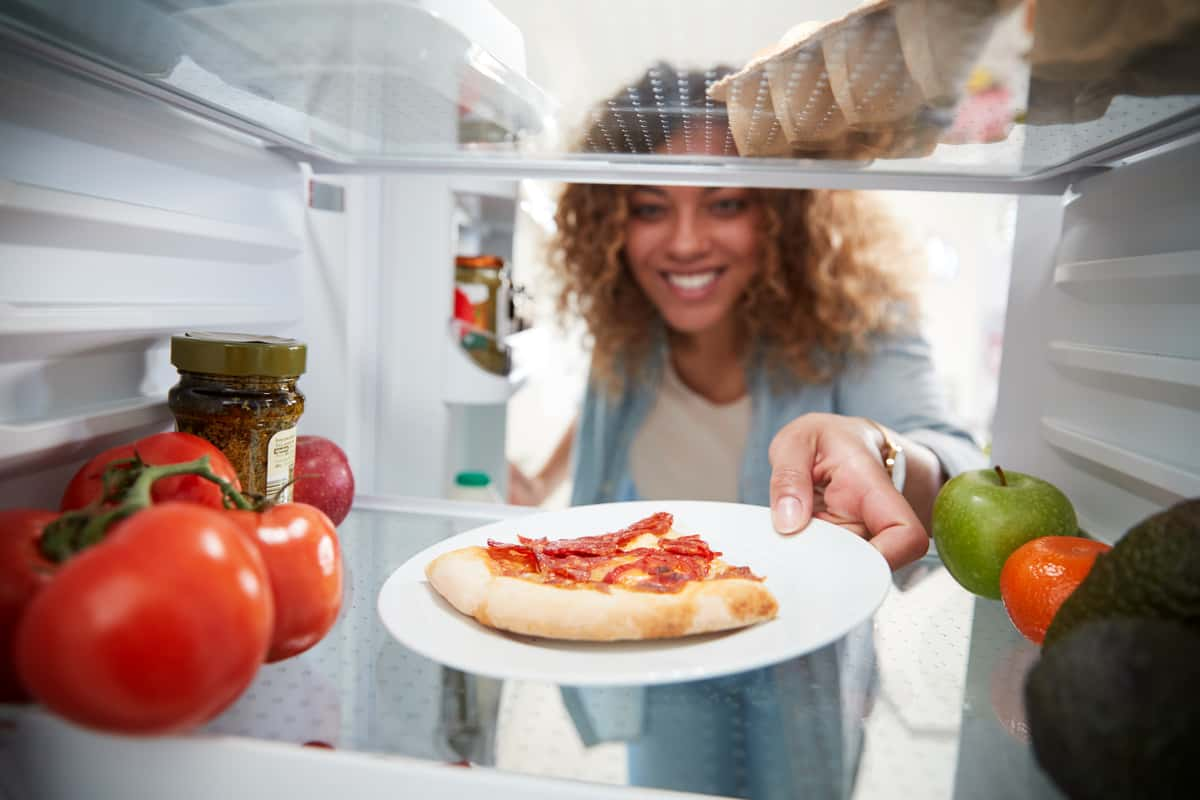
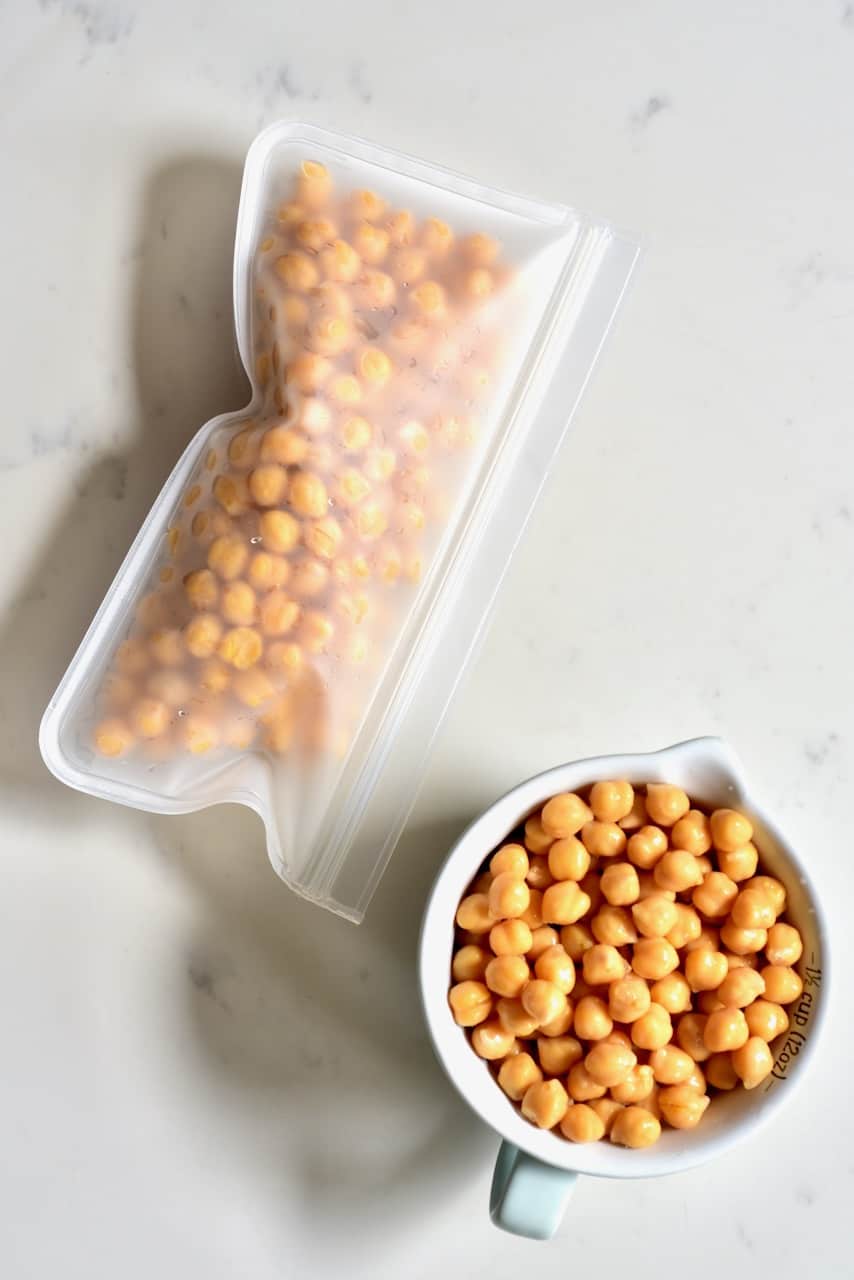
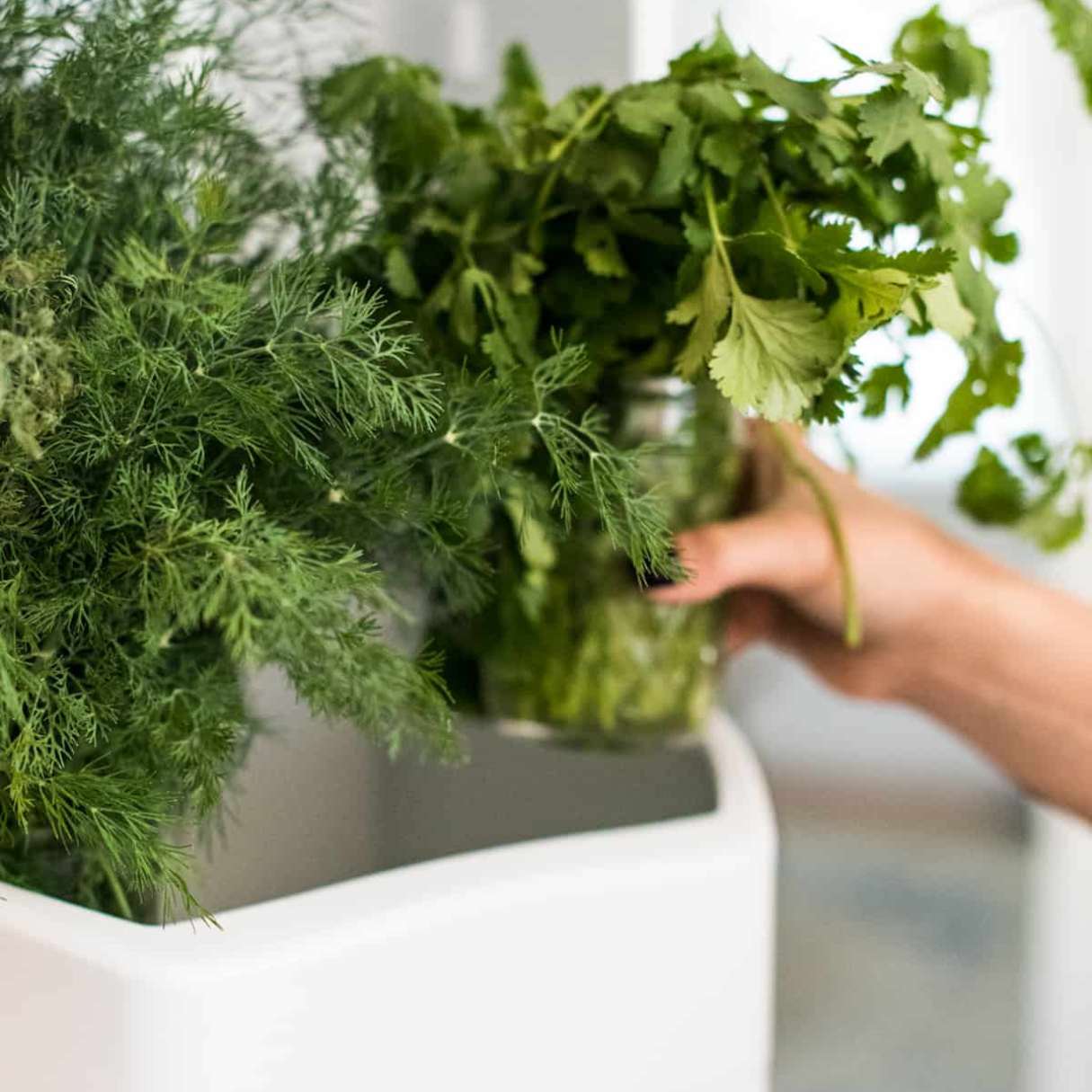
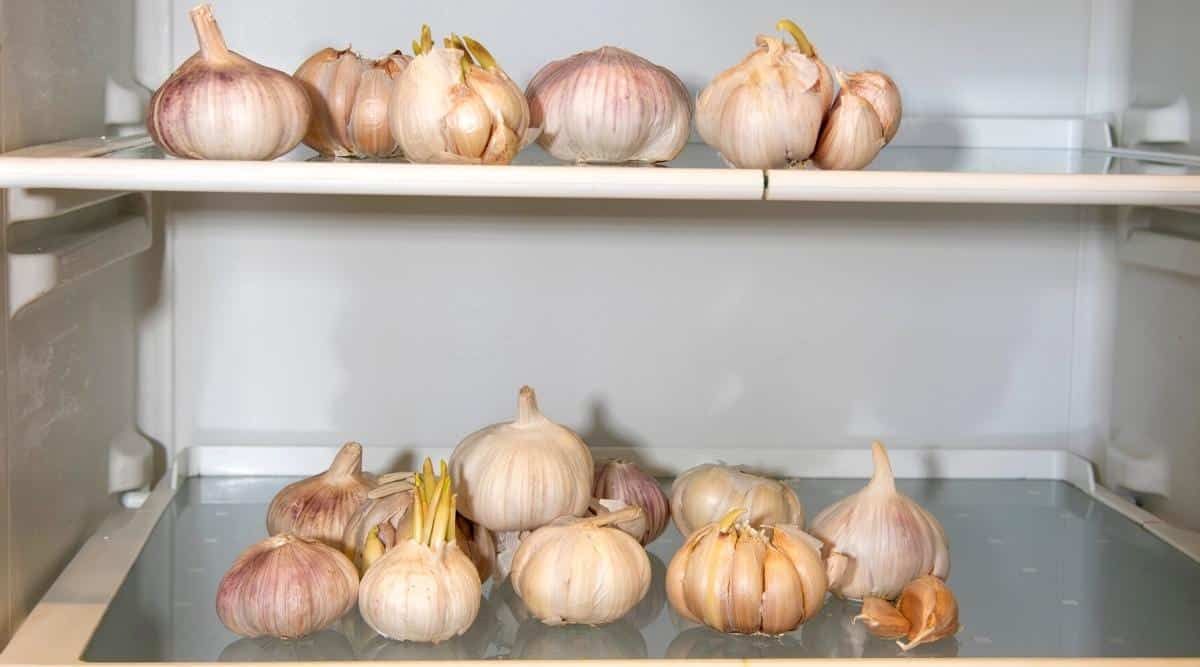
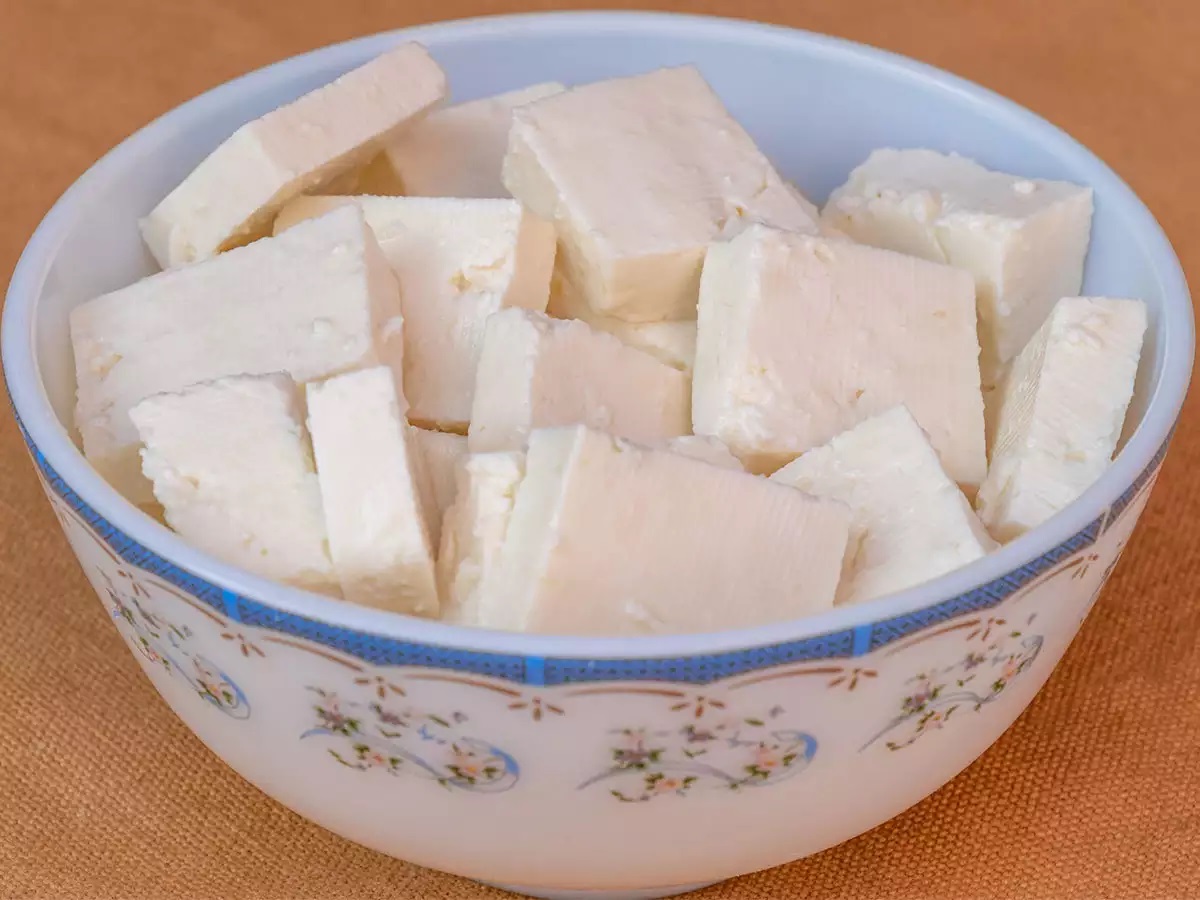




0 thoughts on “How To Store Food In A Restaurant Fridge”